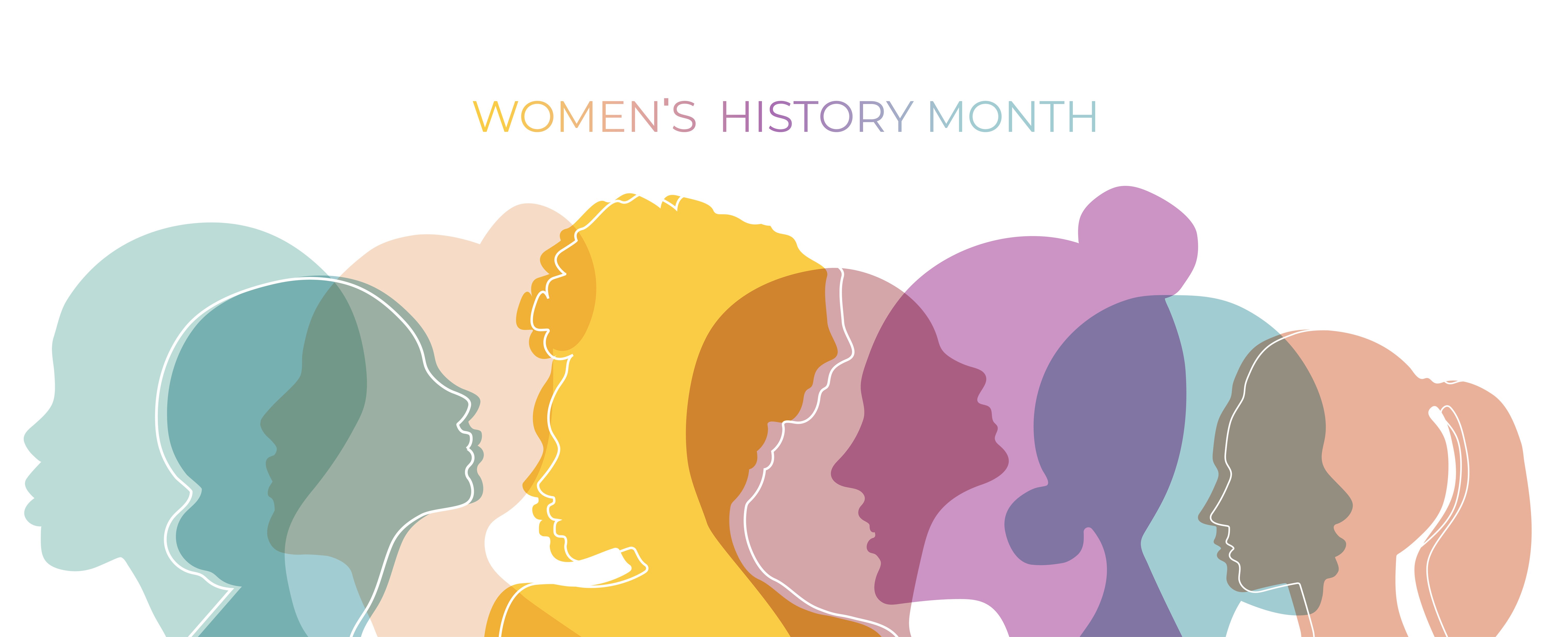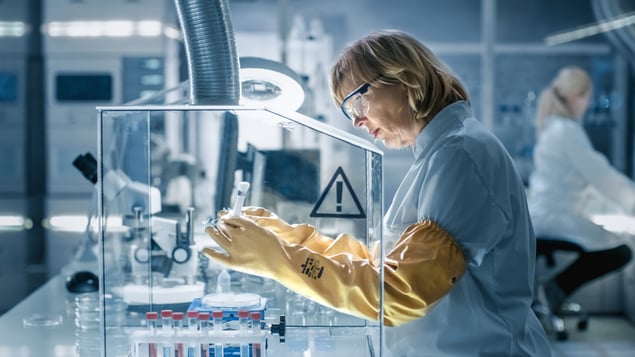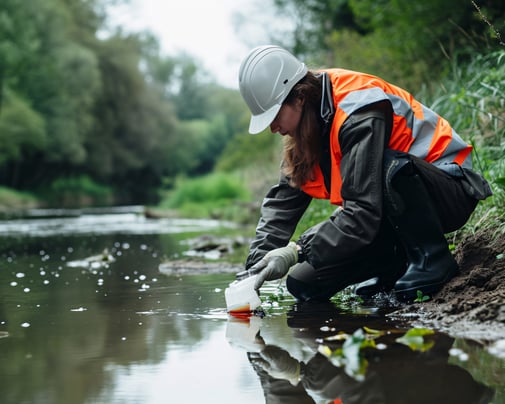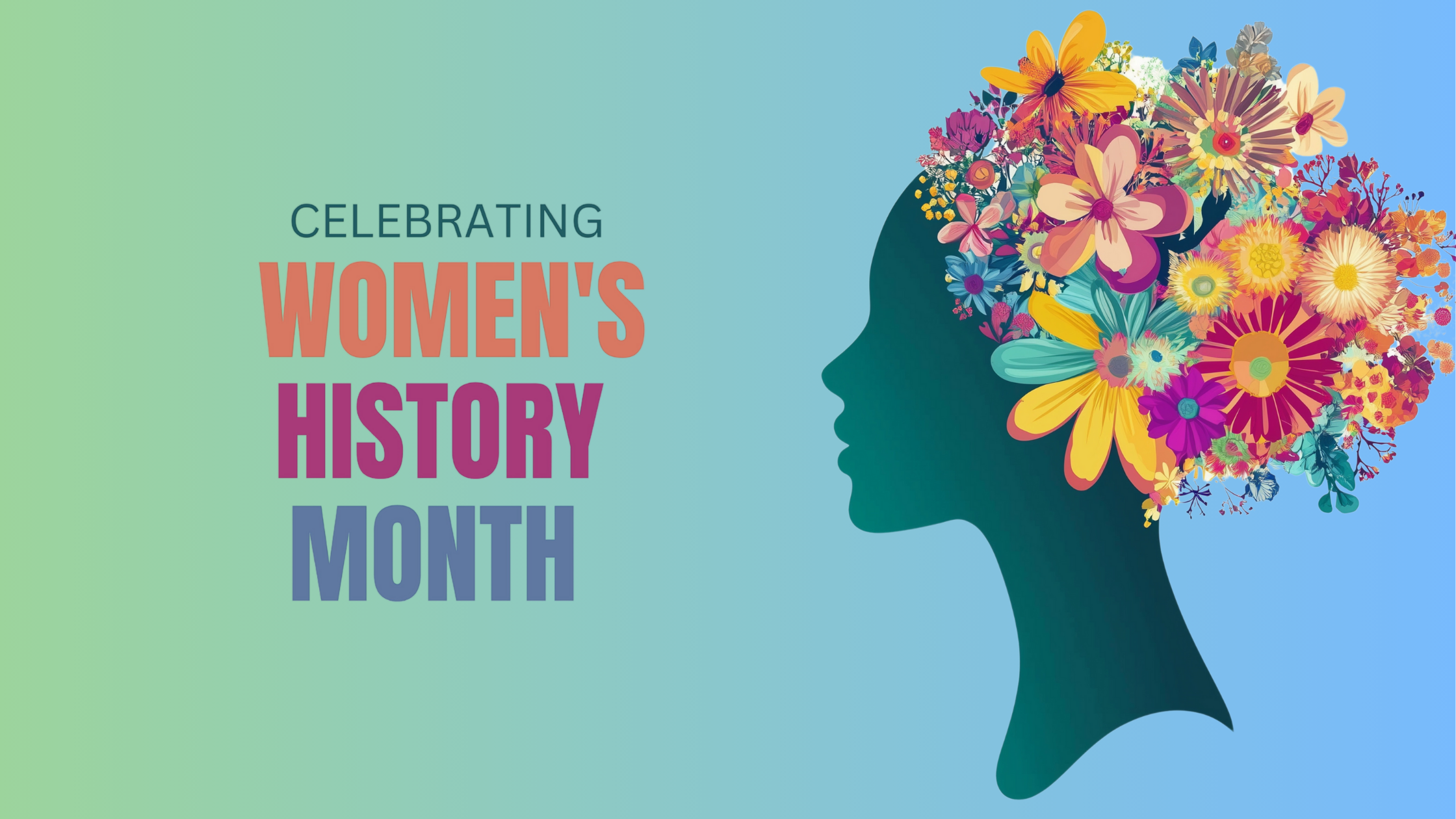March is Women’s History Month, a time to celebrate the extraordinary contributions of women throughout history. This year let’s turn our spotlight to a field that is often unseen but undeniably critical: Environmental, Health, and Safety (EHS).
The EHS industry has traditionally been viewed as a male-dominated domain. However, women have always played a vital role in ensuring the well-being of workers and protecting the environment. From pioneering scientists to fearless advocates, these women have paved the way for a safer and healthier future for all.
In this blog post, we will delve into the inspiring stories of some remarkable women who have made significant contributions to the EHS industry. We will explore their achievements and the impact they have had on shaping the field as we know it today.

Pioneers in Safety Science
The field of EHS owes a great debt to the pioneering women who dedicated their lives to understanding and mitigating the risks associated with our workplaces and environment. Here, we explore the achievements of some of these remarkable safety scientists:
- Alice Hamilton (1869-1970): Often hailed as the “mother of industrial toxicology,” Dr. Alice Hamilton was a physician and researcher who defied societal expectations to become a leading expert in occupational health. Her groundbreaking work focused on the devastating effects of lead poisoning on workers in various industries. Through meticulous research and compelling advocacy, Hamilton pushed for stricter regulations to control lead exposure in workplaces. Her efforts not only protected countless workers but also laid the foundation for modern occupational health standards.
- Rachel Carson (1907-1964): Marine biologist Rachel Carson’s impact extends far beyond the realm of EHS. However, her seminal book, “Silent Spring,” published in 1962, stands as a landmark achievement in environmental science and safety awareness. Carson’s meticulous research documented the detrimental effects of pesticides, particularly DDT, on wildlife and human health. “Silent Spring” exposed the interconnectedness of environmental and human health, sparking the modern environmental movement and leading to a global ban on DDT. Carson’s work serves as a powerful reminder of the importance of a holistic approach to safety, encompassing not just worker well-being but also the health of the ecosystems we depend on.
- Dr. Brenda Eskenazi (1949-Present): Building upon the legacy of Alice Hamilton, Dr. Brenda Eskenazi is a contemporary leader in occupational health research. Dr. Eskenazi’s groundbreaking work focuses on the impact of workplace exposures on pregnancy outcomes and fetal development. Her research has shed light on the vulnerability of pregnant workers to certain chemicals and has informed the development of safer work practices for women of childbearing age. Dr. Eskenazi’s dedication to protecting both worker health and future generations exemplifies the ongoing contributions of women to the field of EHS.
- Dr. Theo Colborn (1927-2014): Expanding on Rachel Carson’s work, Dr. Theo Colborn co-authored the groundbreaking book “Our Stolen Future” in 1996. This book explored the concept of endocrine-disrupting chemicals (EDCs) and their potential impact on human health and development. Dr. Colborn’s research helped raise awareness of the long-term consequences of chemical exposure and continues to influence policy decisions regarding the safety of various chemicals used in everyday products.
These are just a few examples of the many remarkable women who have made significant contributions to the field of safety science within EHS. Their dedication to research, advocacy, and evidence-based solutions has helped create a safer and healthier working environment for all.

Leaders in Environmental Advocacy
The fight for a clean and healthy planet has always had women at the forefront. From grassroots activism to international leadership, these environmental advocates have championed the cause of environmental protection, often highlighting the link between environmental well-being and human health, particularly for vulnerable communities.
- Wangari Maathai (1940-2011): A true visionary, Kenyan environmental activist Wangari Maathai founded the Green Belt Movement in 1977. This organization, with a mission to combat deforestation, poverty, and climate change, empowered women to plant trees and restore degraded ecosystems. The Green Belt Movement’s success is remarkable, planting over 51 million trees across Africa and inspiring similar initiatives worldwide. Maathai’s unwavering dedication to environmental sustainability and social justice earned her the Nobel Peace Prize in 2004, making her the first African woman to receive the honor.
- Lois Gibbs (1951-Present): A powerful symbol of environmental justice, Lois Gibbs became an advocate for change after her family’s health was severely impacted by contaminated water at their Long Island home. Gibbs’ relentless pursuit of accountability from polluters and the government led to a landmark victory – the passage of the Superfund Amendments and Reauthorization Act (SARA) in 1986. This act significantly strengthened the federal government’s ability to clean up hazardous waste sites and protect communities from environmental hazards. Lois Gibbs’ story exemplifies the power of individual action and the importance of advocating for a healthy environment for all.
- Dr. Vandana Shiva (1952-Present): An Indian physicist, philosopher, and environmental activist, Dr. Vandana Shiva is a leading voice in the fight for ecological sustainability and social justice. She is a vocal critic of genetically modified organisms (GMOs) and industrial agriculture, advocating for biodiversity conservation and sustainable food systems. Dr. Shiva’s organization, Navdanya, promotes biodiversity, organic farming, and women’s leadership in protecting the environment. Her work emphasizes the interconnectedness of environmental health, food security, and social equity.
- Ursula Sladek (1946-Present): A tireless advocate for clean air and water, Ursula Sladek has dedicated her career to environmental policy and activism. She co-founded the Center for Environmental Health (CEH), a non-profit organization focused on protecting human health from the dangers of toxic chemicals in everyday products. The CEH’s work has led to significant policy changes, including bans on harmful flame retardants and the reduction of toxic chemicals in children’s products. Ursula Sladek’s leadership exemplifies the crucial role of advocacy organizations in raising awareness and pushing for stricter environmental regulations.
These are just a few more examples of the many women who have championed environmental causes and continue to inspire others to fight for a sustainable future. Their leadership and unwavering commitment demonstrate the vital role women play in protecting our planet and ensuring a healthy environment for generations to come.

Looking Forward: Expanding Opportunities for Women in EHS
While the contributions of women to the EHS field are undeniable, there is still a need to bridge the gender gap and create a more inclusive environment. Here are some key strategies to empower women in EHS and encourage their continued success:
- Mentorship and Sponsorship Programs: Mentorship programs connect experienced women in EHS with aspiring professionals, providing valuable guidance and support. These programs can help women navigate career challenges, develop leadership skills, and build a strong network within the industry. Sponsorship programs take mentorship a step further. Sponsors, typically senior-level professionals, actively advocate for the career advancement of promising women in EHS. This advocacy can include nominating them for leadership opportunities, providing visibility for their work, and promoting them for promotions.
- Promoting Diversity and Inclusion: A diverse and inclusive EHS workforce fosters a wider range of perspectives, leading to more effective solutions. Organizations can achieve this by:
- Developing unbiased recruitment practices: This includes reviewing job descriptions for gendered language and ensuring a diverse interview panel.
- Creating a culture of respect and belonging: This involves implementing anti-harassment policies, promoting work-life balance, and offering flexible work arrangements.
- Providing unconscious bias training: Educating employees about unconscious bias can help mitigate its impact on hiring, promotion, and professional development opportunities.
- Highlighting Role Models: Sharing the stories of successful women in EHS through internal communications, conferences, and mentorship programs can inspire young women to pursue careers in this field. Organizations can also sponsor scholarships or awards specifically for women in EHS to further acknowledge their achievements and encourage future generations.
- Supporting Work-Life Balance: The EHS field can be demanding, and achieving work-life balance can be challenging. Organizations can support working parents, particularly women, by offering flexible work arrangements, on-site childcare options, or generous parental leave policies.
- Advocating for Equal Pay: Studies show that women in EHS often earn less than their male counterparts. Organizations can take proactive steps to ensure equal pay for equal work by conducting regular pay audits and implementing clear compensation guidelines.
By implementing these strategies, organizations within the EHS field can create a more welcoming and equitable environment for women. This will not only benefit women’s careers but also strengthen the EHS profession as a whole by fostering a diverse and talented workforce.
The Future is Female: Encouraging the Next Generation
Women have always played a crucial role in ensuring a safe, healthy, and sustainable future. By celebrating the achievements of past and present leaders, fostering a more inclusive environment, and encouraging young women to enter the field, we can ensure that women continue to shape the future of EHS. Let’s continue to break down barriers and empower the next generation of women to make their mark on this vital field.

